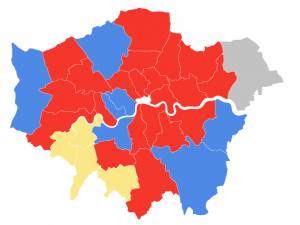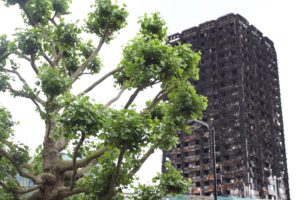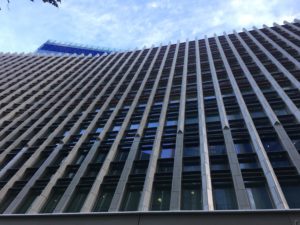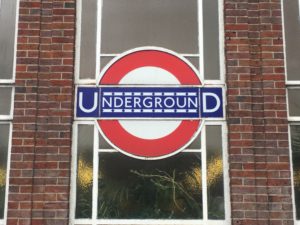Predictions that newly-elected Haringey Council leader Joseph Ejiofor would soon come under pressure from Corbyn Left activists who didn’t want him to get the job appear borne out by recent events.
The Stop HDV campaign, the pressure group comprising members of Momentum and various non-Labour allies which led the successful campaign to get rid of Labour councillors who failed to oppose the last Labour administration’s plans to form a joint venture company with regeneration giant Lendlease, has already attacked the majority of the new Labour Group for preferring Ejiofor to what they call “the overwhelmingly popular candidate of the members”.
That individual is not named, but would appear to be Zena Brabazon, who easily topped an “indicative ballot” that followed a leadership hustings, one that only ward branch delegates to Haringey’s Labour constituency organisations – a Momentum-dominated group – were allowed to vote in. But the final decision on who leads the Labour Group is taken by the councillors themselves, a more politically varied bunch, and they were far less keen on Brabazon.
Ejiofor is member of Momentum’s national co-ordinating body, but he was deputy council leader under the last Labour regime. This placed an obligation on him not to oppose the HDV policy in public, but Stop HDV describes him as having “a spotty history when it comes to opposing the HDV”. They are organising a lobby of the next council meeting later this month.
There has also been muttering about an interview Ejiofor gave to the Enfield Independent, in which he expressed confidence that “the vast majority” of commitments in the Labour manifesto will be delivered with existing resources, despite ongoing budget pressures brought about by central government funding cuts.
This included housing policy. Labour’s manifesto promised that “we will build at least a thousand new council homes at council rents by 2022,” a commitment that raises the usual questions about what defines a “council home” and a “council rent”, whether that 1,000 will be wholly in addition to current stock, and whether such dwellings already in the supply line before last month’s elections will be counted towards the 1,000 target.
But Ejiofor sceptics have fastened on his saying, “We are aiming to take a thousand people off our waiting list,” which isn’t the same thing as building at least 1,000 new council homes. They are also perturbed by his remark that, notwithstanding a preference for public sector delivery, “the reality is we will need some form of partnership with the private sector” in order to deliver what he called “more housing options across the borough” for people on the council’s waiting list. This falls well short of the Full Jeremy fighting talk desired by the more fervent opponents of HDV.
Since becoming leader, Ejiofor has also attracted comment from former Labour councillor Alan Stanton, who has posted a photograph on Twitter of uncollected rubbish, which he says is in Ejiofor’s Bruce Grove ward.

Stanton did it again eight days later. “Will Cllr Joe Ejiofor do a better job of keeping Tottenham streets clean,” he inquired, after confirming that he “despised” most of what the last Labour council did. Stanton and Brabazon are married.
More on the tensions surrounding what one activist termed the nation’s first “Corbyn Council” coming soon.

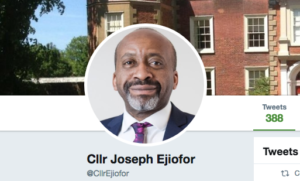
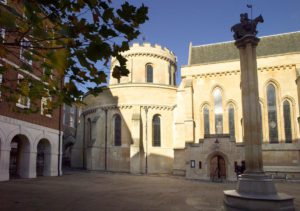
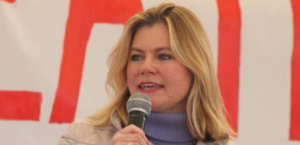

 Greening’s constituents are among those most affected by noise and air pollution from Heathrow flight paths, has long expressed concerns over the effects of night flights and other issues. In an
Greening’s constituents are among those most affected by noise and air pollution from Heathrow flight paths, has long expressed concerns over the effects of night flights and other issues. In an 